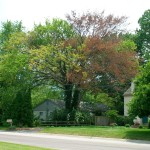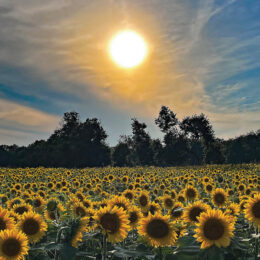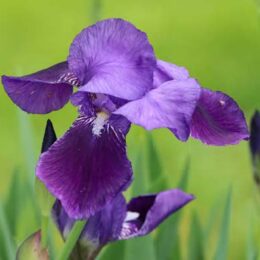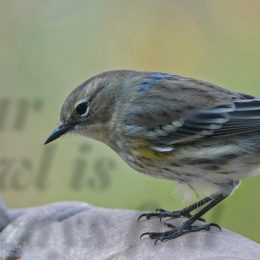By Janna Beckerman
Why the emerald ash borer is such a problem today is because the Dutch elm disease forever changed the landscapes of the Midwest and Northeast United States. Dying elm trees were often replaced by green ash, setting the stage for the current epidemic of emerald ash borer. So, if you’re looking at dead or dying ash trees on your lot, why not replace some of them with elms resistant to Dutch elm disease.
Dutch elm disease (DED) is caused by a fungus. First identified by Dutch researchers, the fungus was inadvertently carried to North America from Asia in the 1920s (similar to the introduction of the emerald ash borer in 2002) and spread by the elm bark beetle. It causes wilting symptoms that ultimately results in the dieback and death of the infected tree. DED is most severe on American elm, and infects other native elms, like slippery bark elm (also known as the red elm), winged elm, cedar elm, September elm and rock elm.
However, there are DED-resistant elms! Asian elms, like the Japanese elm and Chinese elm, and the Japanese Zelkova (Zelkova serrata), are considered resistant. “Princeton elm,” an American elm, has been widely used throughout North America. “American Liberty” is actually a collection of six, DED resistant elms marketed as a single variety, to increase landscape diversity. All of these trees are excellent choices for the urban landscape. There are several hybrid elms, which have outstanding disease resistance, but lack the vase-like form of the American elm. “Cathedral” is a hybrid elm that does have a lovely vase-like form.
Unfortunately, “resistant” is not the same as “immune,” which means these trees can and will get the disease, especially whenever the trees are stressed, such as during the severe drought of several years ago. Dutch elm disease, when caught early in the urban landscape, can be pruned out, and trees can be successfully treated with fungicide injections that will protect them for several years.
A long-term successful program, however, requires the use of community wide sanitation programs and good cultural practices, including keeping trees watered well during dry spells. Using these DED-resistant trees breaks up the monotony of Bradford pear, and creepy ubiquity of “Autumn Blaze”and “Red Sunset” maple. Using DED-resistant elms increases landscape diversity and limits any future “Nightmare on Elm Street” to fiction, rather than to fungi.
For more information on Dutch elm disease resistant elms, see Dutch Elm Disease and Disease Resistant Elms at: http://www.iowadnr.gov/portals/idnr/uploads/forestry/ded.pdf.
To see photos of American elm trees, visit The Princeton American Elm Blog:
PrincetonAmericanElm.blogspot.com.
Janna Beckerman is a professor and extension plant pathologist in the Department of Botany and Plant Pathology at Purdue University.




